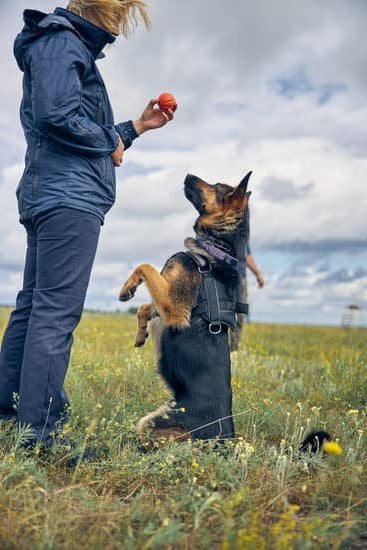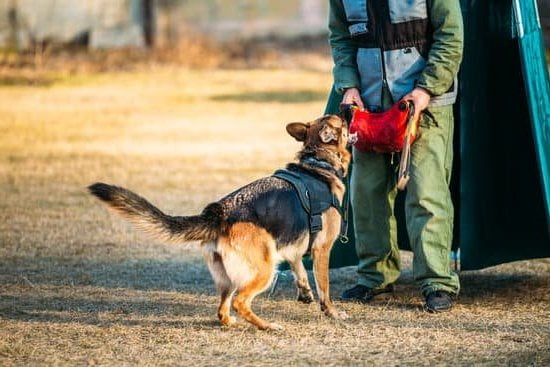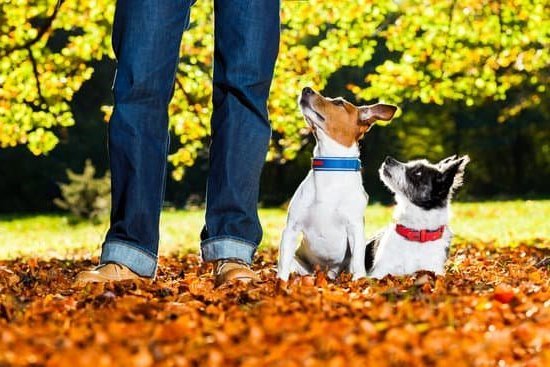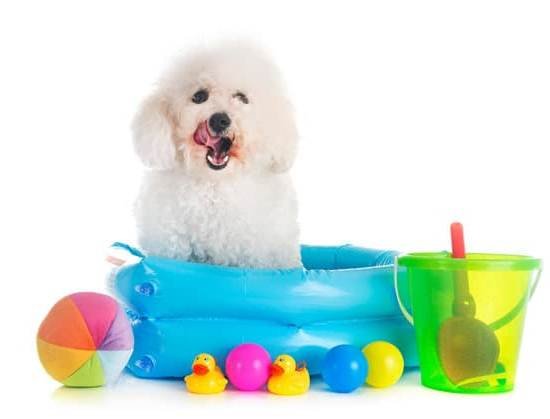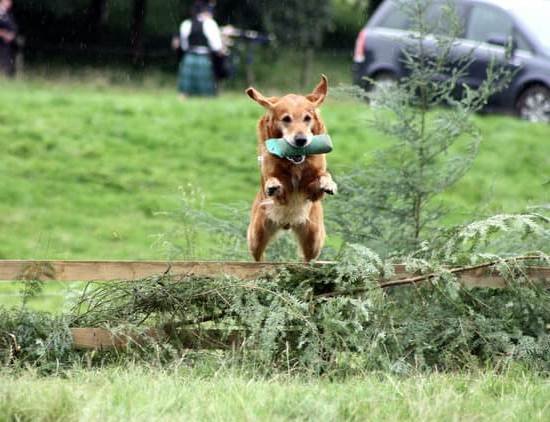One of the most common questions people have when they get a new dog is how to house train it. The process of house training a dachshund is no different than house training any other breed of dog. The key to success is to be consistent and to be patient.
The first step is to set up a designated potty area for your dachshund. This can be an outdoor area or an indoor spot such as a designated section of the yard or an old rug or towel that can be easily cleaned. Whenever you notice your dog has to go potty, take it to the designated spot and help it to relieve itself. Once it has gone, praise it and give it a treat.
It is important to be consistent with this routine. If you allow your dog to go potty inside one time, but not another, it will only confuse the dog. Be patient as well; house training a dachshund can take some time.
There are a few other things you can do to help with the house training process. For one, make sure your dachshund gets plenty of exercise. A tired dog is less likely to have accidents in the house. You should also avoid feeding your dog right before you expect it to go potty. This will help to avoid accidents caused by dogs who are trying to hold it in.
How To House Train A Dog Using A Crate
One of the most popular methods for house training a dog is to use a crate. Dog crates are effective because dogs do not like to soil their sleeping area. When you use a crate for house training, you are essentially creating a dog’s “bedroom” where he or she will not want to soil the bed.
The first step in crate training your dog is to get him or her used to the crate. You can do this by feeding your dog his or her meals inside the crate. Start with the door of the crate open and gradually close it as your dog becomes more comfortable.
Once your dog is comfortable going into and staying in the crate, you can start using it for house training. Whenever you catch your dog in the act of eliminating indoors, say “No” and immediately take him or her to the crate. Put your dog in the crate and close the door. Wait about five minutes, then let your dog out of the crate.
If your dog eliminates outside the crate, praise him or her and give a treat. If your dog eliminates in the crate, do not give him or her a treat, but do not scold your dog either. Simply say “No” and take your dog outside to eliminate.
It is important to keep your dog in the crate for a short period of time after he or she has eliminated. If you leave your dog in the crate for too long, he or she may become anxious and begin to soil the crate again.
It usually takes a few days to house train a dog using a crate, but with patience and consistency, you can successfully train your dog to eliminate outdoors.
How To Train Dog To Guard House
Dogs are a man’s best friend for a reason. They are loyal, protective and make great pets. If you are thinking of getting a dog to help protect your home, here are some tips on how to train your dog to be a guard dog.
The first step is to start early. Puppies are more easily trained than adult dogs, so it is best to start when they are young. You will need to begin by teaching your dog basic commands such as sit, stay, come and down. Once your dog knows these commands, you can start to teach them how to guard your home.
One way to do this is to have someone approach your home while your dog is watching. As the person gets closer, tell your dog to “stay”. If the person tries to come into your home, your dog should bark and/or growl to protect you. Be sure to praise your dog when they do this correctly.
You can also practice having your dog guard your property when you are not home. Leave a few toys or treats on the floor and tell your dog to “stay”. Then leave the room and come back a few minutes later. If your dog has stayed in place and protected the treats or toys, be sure to praise them.
It is important to continue to train your dog on how to guard your home even after they have been trained. Make sure to keep up with their commands and practice new scenarios regularly. This will help ensure that your dog is always prepared to protect your home.
How To Train Dogs Not To Pee In The House
There are a few basic principles to follow in order to train your dog not to pee in the house.
1. Prevention is key. Make sure your dog is taken outside regularly and immediately after they have eaten, played, or drank.
2. If you catch your dog in the act of urinating in the house, make a loud noise (e.g. clapping your hands) to startle them and interrupt the behavior. Immediately take them outside to finish peeing.
3. Reward your dog for peeing outside. Positive reinforcement is a key component of any training regimen.
4. Be patient and consistent. It may take some time for your dog to learn not to pee in the house, but with patience and persistence, you can successfully train them.
House Training A Rescue Dog
Taking on a rescue dog can be a very rewarding experience, but it also comes with some added responsibilities. One of the most important is house training.
Many rescue dogs come from environments where they were not properly housetrained, so it is up to you to teach them the proper way to behave. The key to success is consistency and patience.
There are a few basic rules you should follow when house training a rescue dog. First, always take them outside immediately after they eat or drink. This will help them to understand that they need to go to the bathroom outside.
Also, make sure you are taking them outside regularly, even if they don’t seem like they need to go. Dogs usually need to go to the bathroom every two to four hours, so be sure to take them out regularly.
If your dog does have an accident in the house, don’t scold them. This will only confuse them and make it harder for them to learn. Instead, calmly take them outside and show them where you want them to go.
Be patient and consistent with your dog, and they will soon learn the proper way to behave in the house.

Welcome to the blog! I am a professional dog trainer and have been working with dogs for many years. In this blog, I will be discussing various topics related to dog training, including tips, tricks, and advice. I hope you find this information helpful and informative. Thanks for reading!

